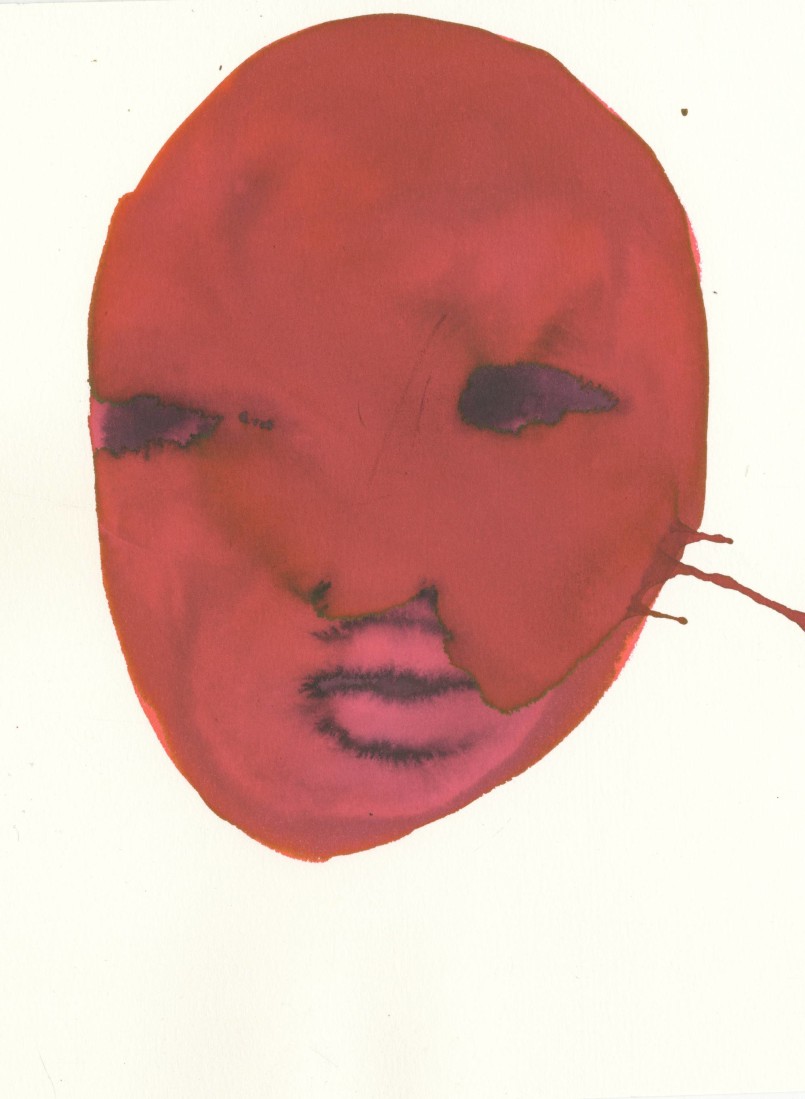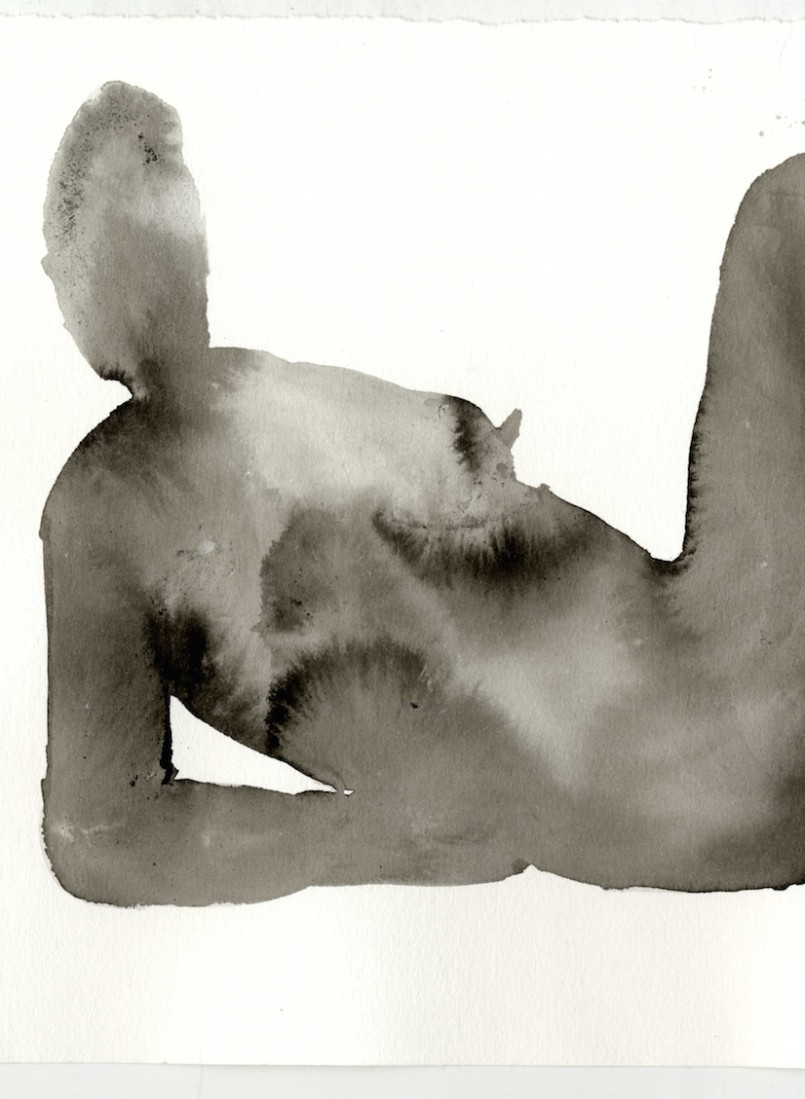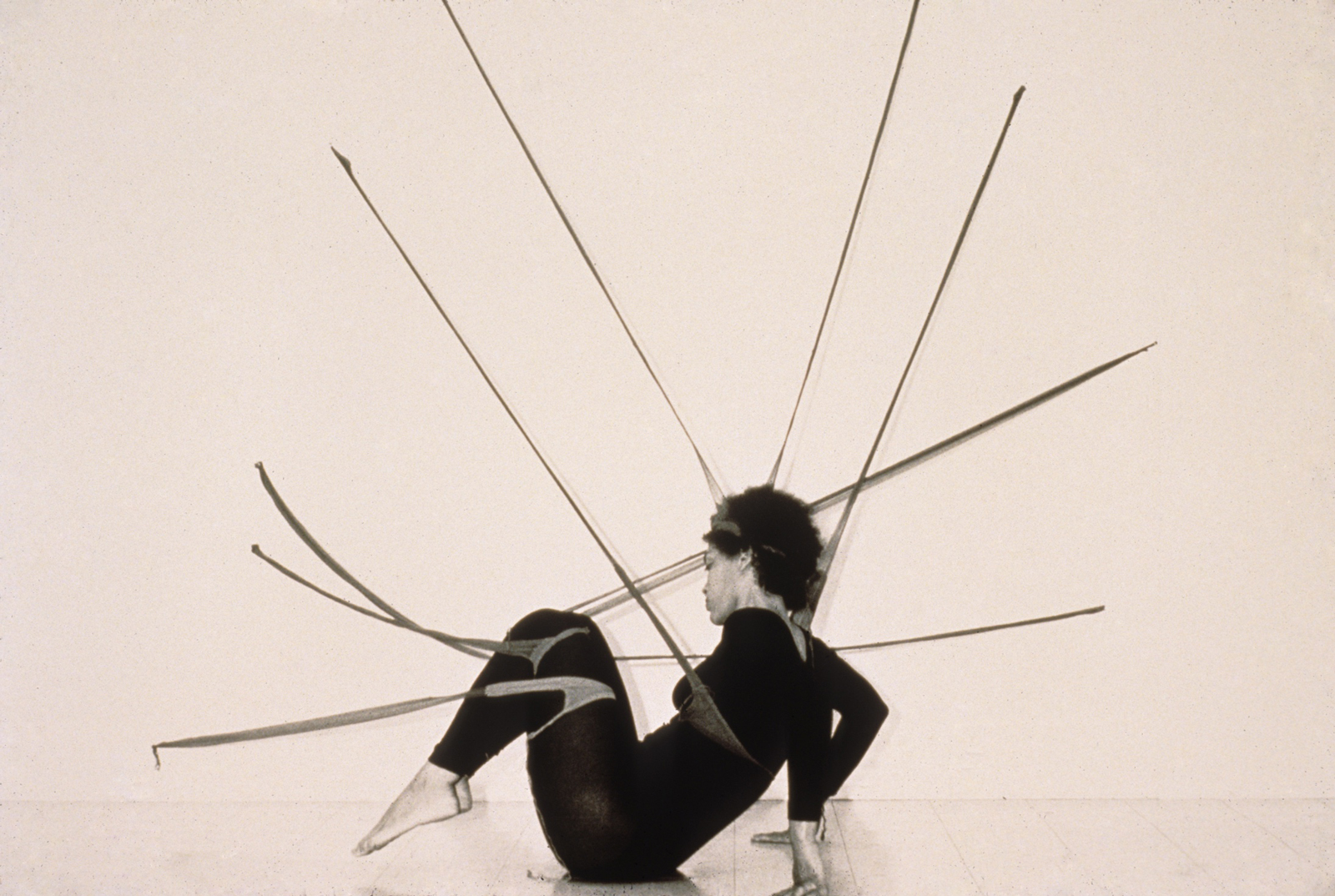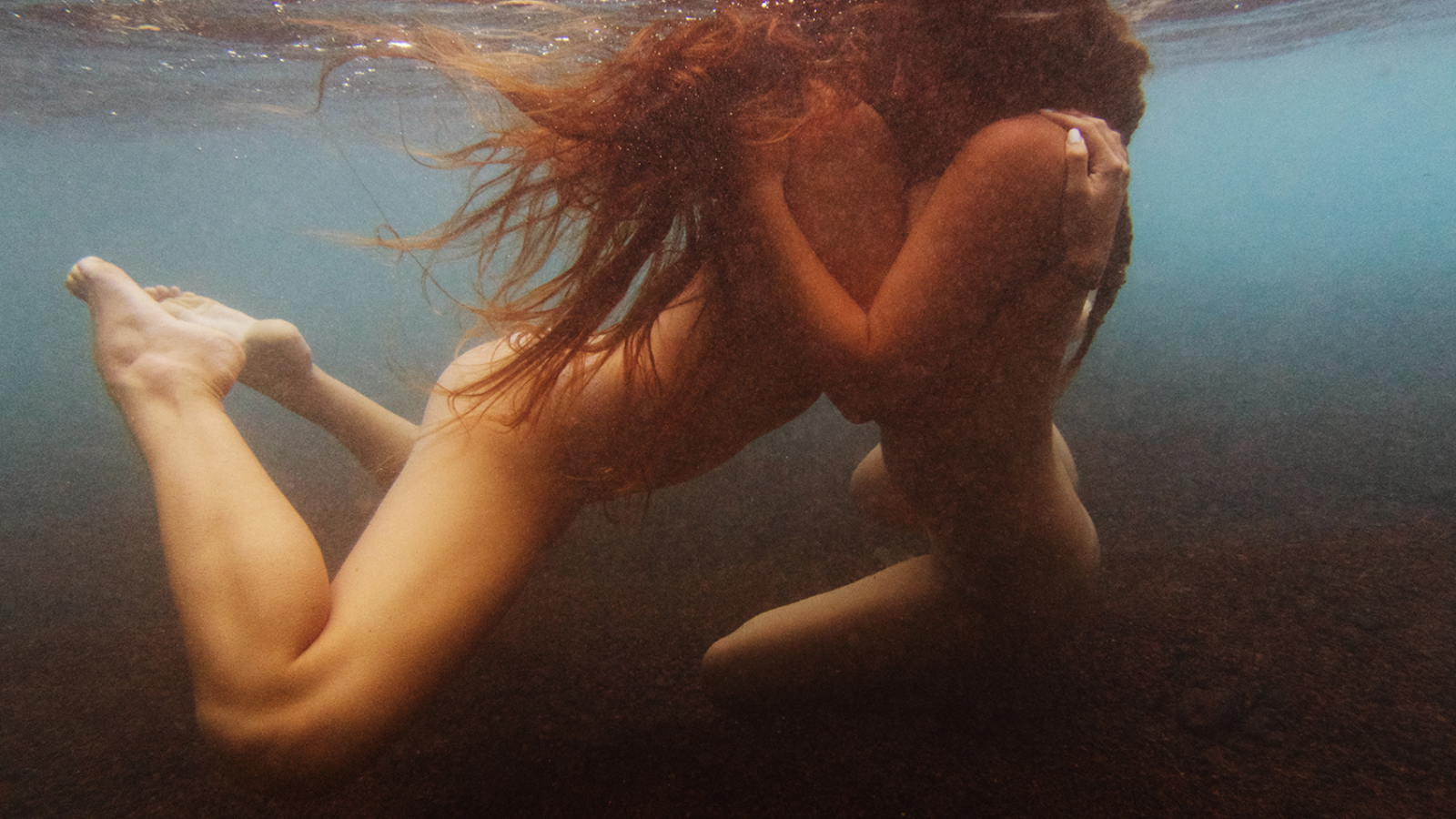Images: Emma Kohlmann
Text and interview: Monica Uszerowicz
The work of multimedia artist Emma Kohlmann appears to be funneled from somewhere between grounded reality and a hypnogogic state—intrinsically political, unwittingly powerful, aesthetically gorgeous. Her disembodied figures and their accompanying text are both the sort that communicate with the psyche’s interior, synchronously unsettling and enchanting. Born and raised in New York City, Kohlmann was bred in the Northeast punk community, which only partly accounts for her oeuvre’s inherently collaborative spirit—it’s mostly just relatable and beautiful. We spoke about her practice, ahead of Special Interest Group, an exhibition featuring the work of Kohlmann, Nina Hartmann, Matthew Bellosi, and James Rockin. Special Interest Group opens at Three Kings Studio in Brooklyn on September 9.
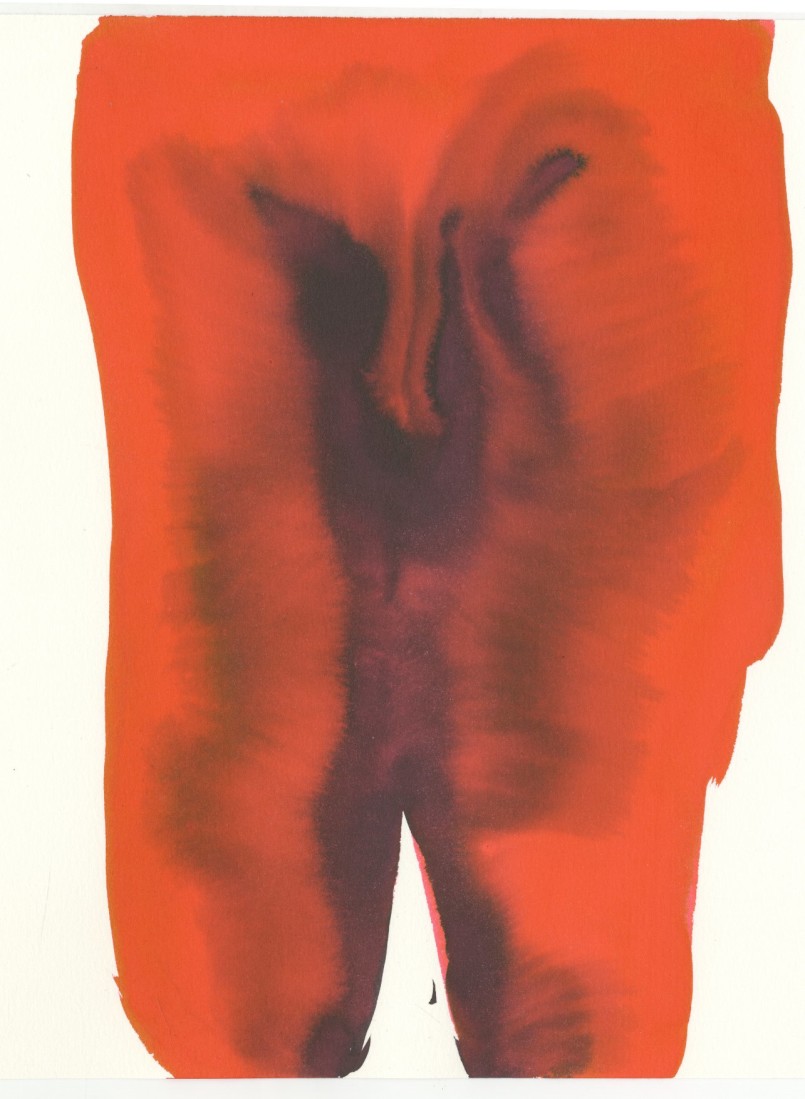
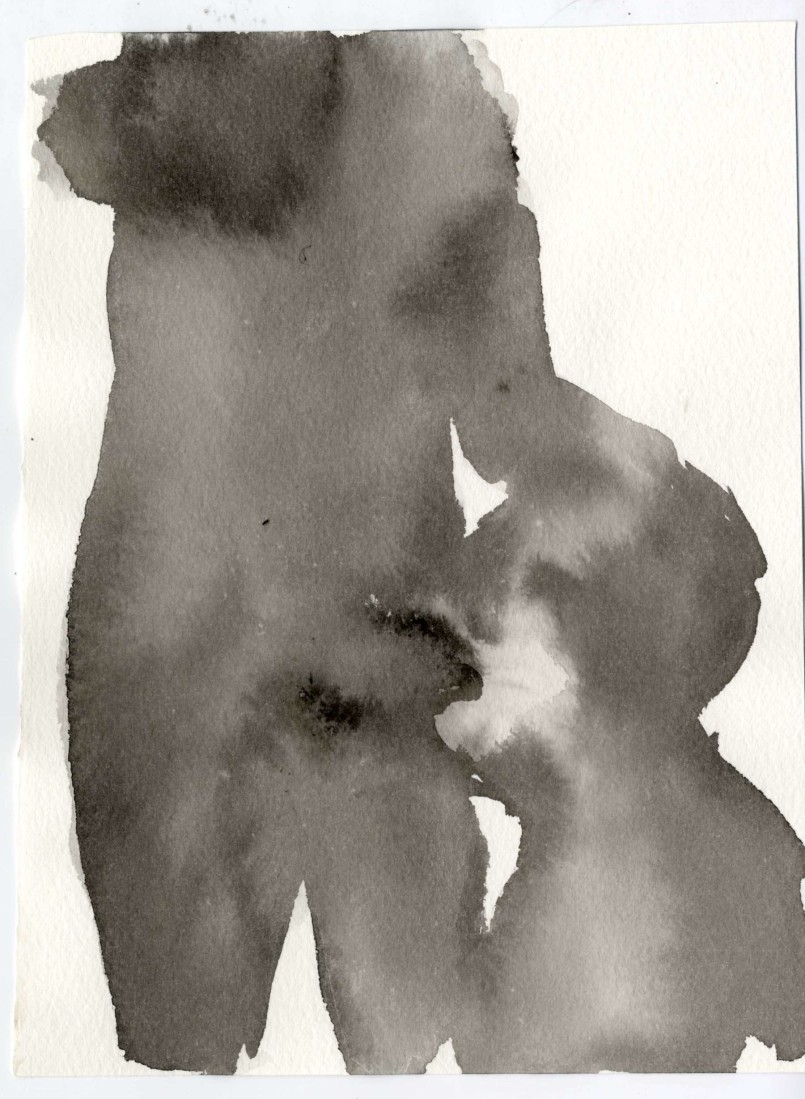
Is any of your work autobiographical? Your show OUR BODIES ARE MADE UP OF BUT BRITTLE CLAY was described as displaying pieces that explore “the depths of self-deprecation and finitude,” but self-deprecation doesn’t necessarily have to refer to the actual self.
There are some autobiographical components of my work. I’d like to think that I speak from multiple parts of myself. But the anguish that I feel sometimes has to do with the state of current affairs, and it makes me want to disappear.
Your work has been described as feeling voyeuristic, for the viewer specifically. I agree, but not necessarily because I feel like I’m examining a private world.
I have a vivid imagination. I think the voyeurism that you speak of is from the audience. It’s like there is an interruption when there’s an onlooker. The world that I create is a series of interruptions, almost like performances; there is eye contact and subversion.
How much of your creative output comes from a realm influenced by books you’ve read and dreams you’ve had? I suppose this is a way of asking what you’ve been reading, watching, and dreaming about, as well.
Lately my friend told me to watch the movie Fellini’s Casanova, and I’ve had several dreams about it. The movie takes places in a surrealistic, theatrical setting. I became fascinated by the role of the virile sexual man who can seduce, and the female who is entranced, though I feel quite critical of this story, despite the fact that it actually might have existed. We still throw around this language, but perhaps there are different kinds of intentions. I like imagining the radicalizing of this story, the disappearances of masculine and feminine roles or [the] transferring of these roles. I feel that I need to be exposed to these types of scenarios to enrage or inspire me.
I’ve been really into Diane Wakoski’s Motorcycle Betrayal Poems. It speaks to the anger and confessional nature of work that I can withstand. The language is cutting and violent. There is a directness that I feel spills deep into my soul.
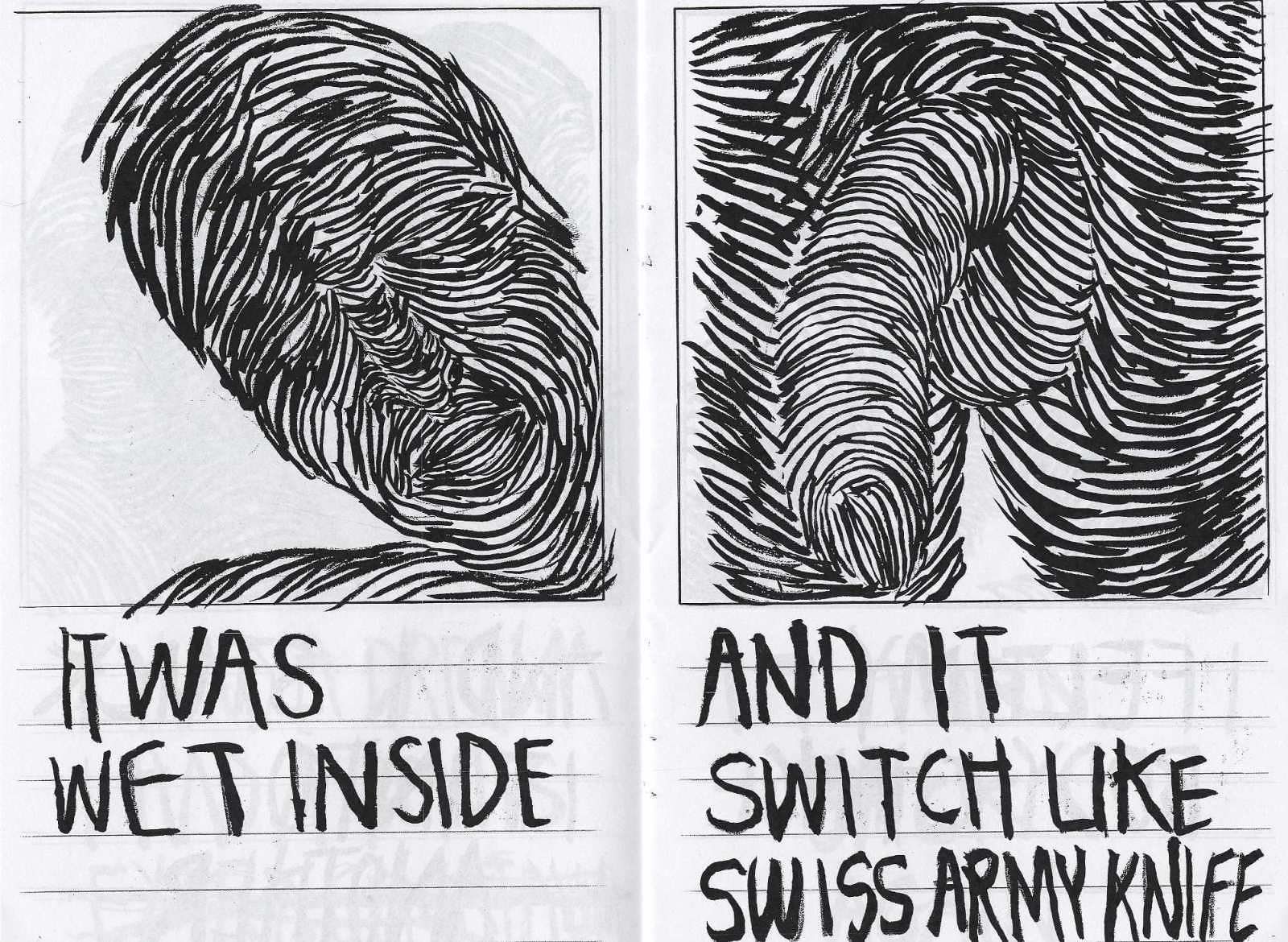
You’ve described your work as somewhat spontaneous by virtue of their medium—the transformative qualities of Sumi ink, for example. Tell me about your mediums and how they communicate with your practice in this both literal and abstracted way.
Watercolor is a spontaneous medium. I feel that I work with it the majority of the time because there is some flexibility and rapidness about it. I find that that the level of control changes in every piece that I create. I think that’s why I make so many pieces at a time—I feel like I can never achieve the same effect. In my zines, I combine text and image. I like working with Xerox because there is a disintegration of the image that I create. There are imperfections that I like celebrating. These two mediums inform my practice through repetition and the creation and destruction to the image.
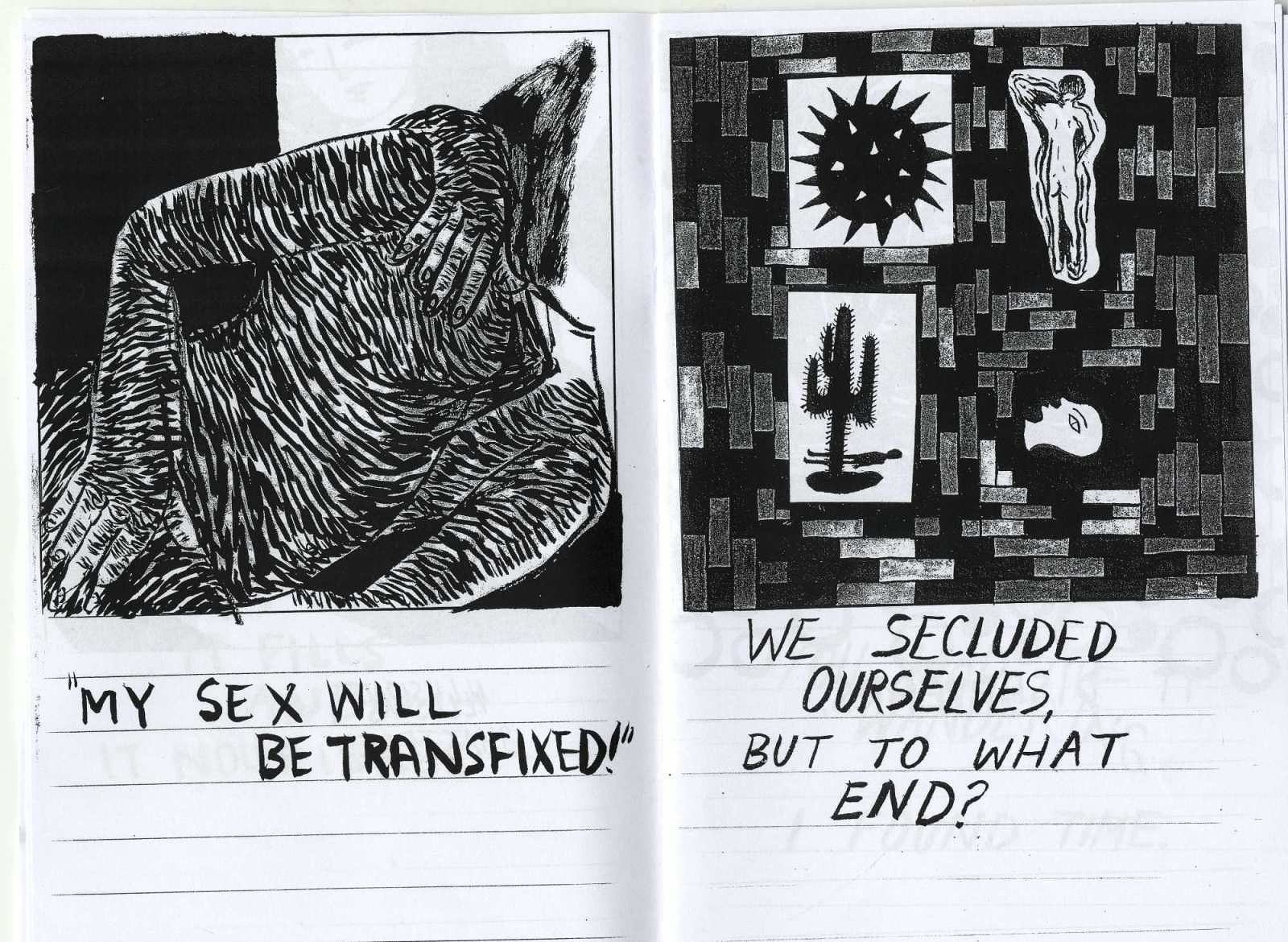
Tell me about your project, Up in Smoke, with Sonya Sombreuil Cohen. I know it was created in the spirit of Claes Oldenburg’s shop, but weed-themed, and also that that is a gross oversimplification of it.
Up in Smoke was a collaborative project with my good friend Sonya Sombreuil Cohen (COME TEES). We had been talking about creating an imaginary store for years. The shop was specifically inspired by the old head shops from the 1960s, like a convenience store of illicit, handmade things. It was about objects that evoke pleasure and fantasy. Artists made their own blotter paper, vibrators, and pipes. We wanted to have community involvement and commission different objects for the store. We wanted every object to have a personal touch to it. There’s something really enjoyable about bootlegs. It was a really inspiring project and we hope to travel with it.
Do you prefer working collaboratively?
Sometimes I think I work best when I collaborate. I find that it excites me more when I have another person who is inspired, too. It’s almost like saying, “Are you feeling this too?” I have a close connection with my artist collaborators, and find that I am always most proud of the work we make together.
Lastly, can you tell me about any upcoming projects you’re working on now?
In September, I will be tabling with Sonya (COME TEES) at the New York Art Book Fair. I am also collaborating with artists such as Haruka Spring and Sara Abruña. Haruka and I are making a love poem book that is written in Japanese and English. I created new watercolor illustrations and Haruka beautifully narrates in prose. Sara and I are making a new checkerboard zine that focuses on the limits of drawing. I’m very excited for these publications and getting to table with Sonya.
